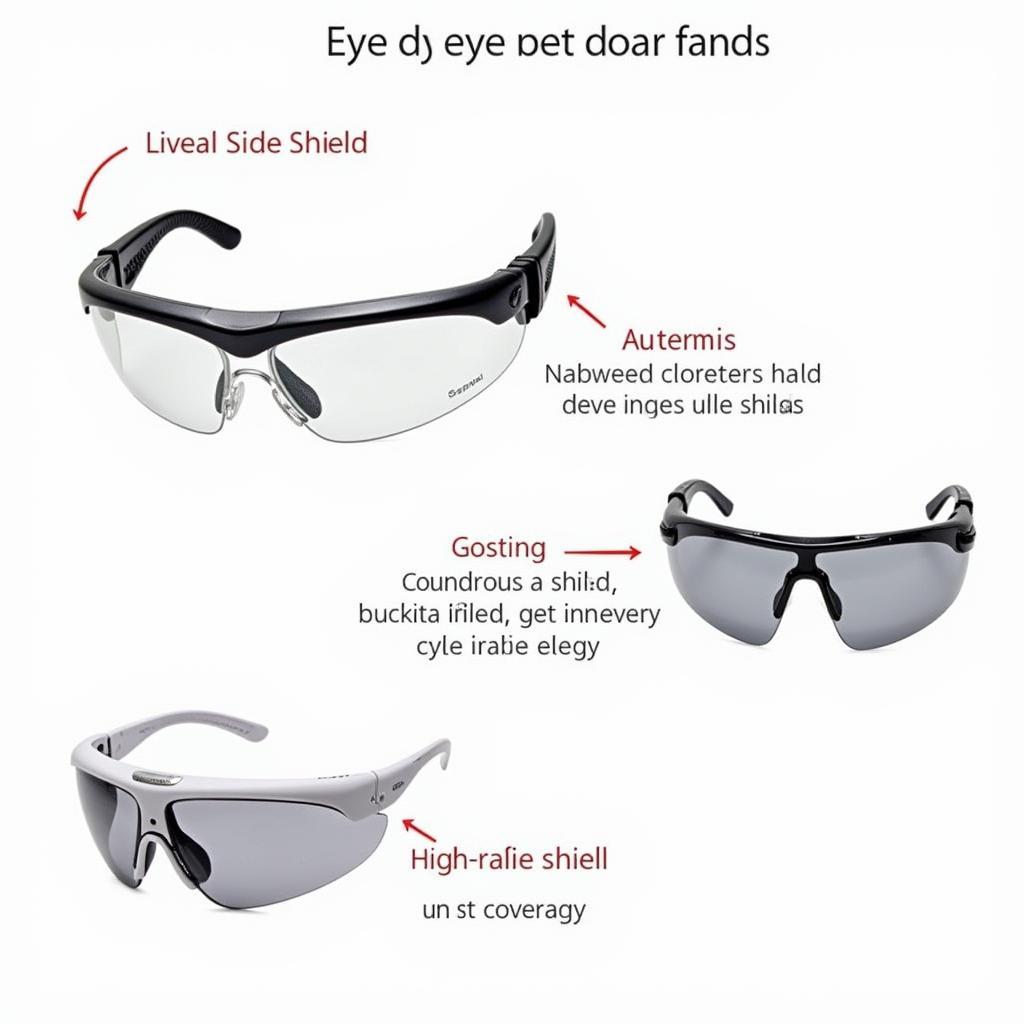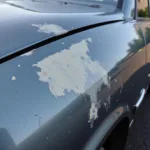Car body repair inhaling dust eyes – a common concern for both professionals and DIY enthusiasts. Dust, debris, and chemical particles generated during sanding, grinding, and painting can irritate your eyes and pose serious health risks if inhaled. This article will discuss the importance of eye protection and offer practical tips to safeguard your vision during car body repair. Learn how to choose the right protective gear, implement safe work practices, and understand the potential consequences of neglecting eye safety.
Understanding the Dangers of Inhaling Dust During Car Body Repair
Car body repair involves various processes that produce harmful dust particles. Sanding, grinding, and painting create fine dust composed of paint, metal, fiberglass, and other materials. These particles can easily become airborne and irritate your eyes, causing redness, itching, burning, and even corneal abrasions. car body repair inhaling dust More seriously, inhaling these dust particles can lead to respiratory issues and long-term health problems. Protecting your eyes is crucial for maintaining your health and well-being during car body repair.
What are the immediate effects of dust in your eyes? Common symptoms include redness, itching, and a gritty sensation.
Choosing the Right Eye Protection for Car Body Repair
Selecting appropriate eye protection is paramount for ensuring your safety. Several options are available, each offering different levels of protection. Safety glasses provide basic protection against flying debris but lack side shields, leaving your eyes vulnerable to dust. Goggles offer a tighter seal and better protection against dust and chemical splashes. Face shields provide the most comprehensive coverage, protecting your entire face from hazards.
When should you use goggles instead of safety glasses? Goggles offer a tighter seal and better protection against dust and fine particles, making them ideal for tasks like sanding and grinding.
Implementing Safe Work Practices
Beyond wearing proper eye protection, implementing safe work practices can significantly reduce your exposure to dust. Using a dust extraction system when sanding or grinding can capture dust at the source, preventing it from becoming airborne. Wet sanding can also minimize dust production. Ensuring adequate ventilation in your workspace helps circulate fresh air and further reduces the concentration of airborne particles. Proper cleanup after each task is also essential, preventing dust from accumulating and becoming a hazard.
How can you minimize dust production during car body repair? Techniques like wet sanding and using a dust extraction system can significantly reduce the amount of airborne dust.
The Long-Term Effects of Dust Inhalation
Repeated exposure to dust during car body repair can have severe long-term health consequences. Chronic respiratory issues like asthma and bronchitis can develop over time. Certain types of dust, such as asbestos, can lead to even more serious health problems like lung cancer. Investing in proper eye protection and following safe work practices isn’t just about immediate comfort; it’s about protecting your long-term health.
What are the potential long-term health risks of inhaling dust during car body repair? Repeated exposure can lead to chronic respiratory problems and even more severe health issues, depending on the type of dust inhaled.
Car Body Repair Tools and Dust Management in the UK
In the UK, regulations prioritize worker safety, including protection from dust inhalation during car body repair. car body repair tools uk Many car body repair shops utilize advanced tools and equipment designed to minimize dust generation and protect workers. These tools, coupled with stringent safety protocols, ensure a safer working environment for professionals.
What safety regulations are in place in the UK regarding dust management in car body repair? The UK has strict regulations regarding worker safety and dust control in the automotive industry, emphasizing the use of proper protective equipment and dust extraction systems.
Conclusion
Car body repair inhaling dust eyes – a problem easily avoided with the right precautions. Protecting your eyes from dust and debris during car body repair is essential for both your immediate comfort and long-term health. By investing in quality eye protection, implementing safe work practices, and understanding the potential risks, you can ensure a safe and productive work environment.
FAQ
- What type of eye protection is best for car body repair? Goggles or a face shield offer the best protection against dust and debris.
- How can I minimize dust production when sanding? Wet sanding and using a dust extraction system are effective methods.
- What are the symptoms of eye irritation from dust? Redness, itching, burning, and a gritty sensation are common symptoms.
- What are the long-term health risks of inhaling car body repair dust? Chronic respiratory issues and more severe health problems, depending on the type of dust, are potential risks.
- What are the safety regulations regarding dust management in car body repair in the UK? The UK has stringent regulations that prioritize worker safety and dust control.
- Why is eye protection so important during car body repair? Eye protection safeguards your vision from immediate irritation and potential long-term damage caused by dust and debris.
- What should I do if dust gets in my eyes? Flush your eyes with clean water immediately and seek medical attention if irritation persists.
Common Scenarios
- Scenario 1: A DIY enthusiast is sanding their car without eye protection and experiences eye irritation.
- Scenario 2: A professional car body repair technician notices increased respiratory problems after years of working without proper dust control measures.
- Scenario 3: A car body repair shop invests in a new dust extraction system to improve worker safety and comply with regulations.
Further Reading & Related Questions
- How to choose the right respirator for car body repair?
- What are the best practices for car body repair shop ventilation?
- What are the different types of dust extraction systems available?
Need assistance? Contact us via WhatsApp: +1(641)206-8880 or Email: [email protected]. Our 24/7 customer support team is ready to help.



